
|
|
|
|
|
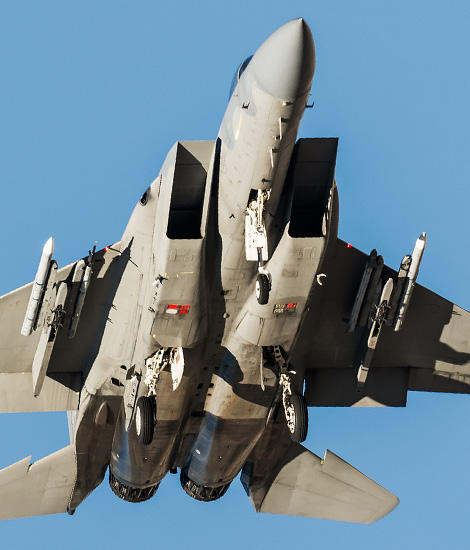
|
The Backgrounds of Red Flag; Nellis AFB, March 6 – 9, 2017
Exercise Red Flag 17-2, part 1; Text and Photograph's by Alex van Noye
The Red Flag exercise is an advanced air defense exercise which is currently organized on Nellis Air Force Base in the American State of Nevada. During these two-week exercises, all possible modern war scenarios will be discussed and extensively been trained. The modern fighter pilot is educated here during its career.
With the Red Flag exercise at Nellis Air Force Base are air crews from the United States Air Force (USAF), the United States Navy (USN), the United States Marine Corps (USMC), the United States Army (US Army) and many other NATO members and other allied countries extensively trained. Red Flag is the largest exercise in the world of its kind and is therefore a special exercise for the pilots which participate. Under the watchful eye of the United States Air Force Warfare Center (USAFWC), which is also based at Nellis AFB, the Red Flag exercises are performed in four to six cycles per year. The 414th Combat Training Squadron (414th CTS), which is part of the 57th Wing (57th WG), is specialized in offering these realistic exercises to its audience. This unit is therefore formally the host of the Red Flag exercises. The purpose of the Red Flag exercises is to train pilots and other crew members of the United States, NATO and other allied countries for real war situations. This training includes the deployment of real enemy aircraft (aggressors) and the use of sharp ammunition for bombing training on the Nevada Test and Training Range (NTTR) which is close to the airbase. The NTTR is an important part of the exercise, because pilots are able to really drop heavy aircraft bombs at the targets on this range. In addition to the Red Flag exercises at Nellis AFB, the Red Flag Alaska exercise is also held at Eielson Air Force Base in Alaska. The participants in this exercise consist of units which are stationed in the area around the western Pacific Ocean and Alaska. Associated countries from Asia such as Japan and South Korea, as well as countries such as Australia also participate in these exercises.
The history of Red Flag starts with the major underperformance of fighter pilots and Weapon Systems Officers (WSO) during the execution of dogfights during the Vietnam War. During the air battles over northern Vietnam between 1965 and 1973, the ratio between the number of enemy aircraft shot down versus friendly aircraft lost was 2.2
|
|
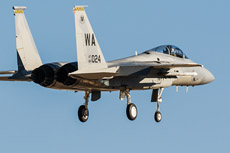
|

|
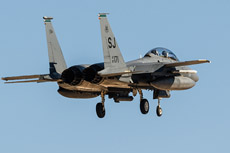
|
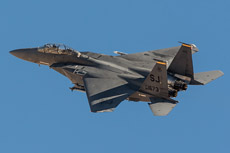
|
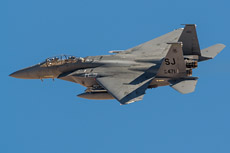
|
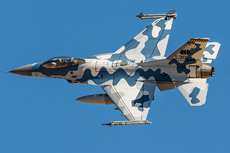
|
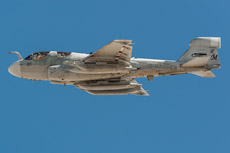
|
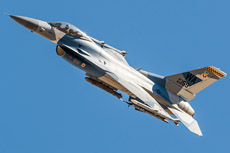
|
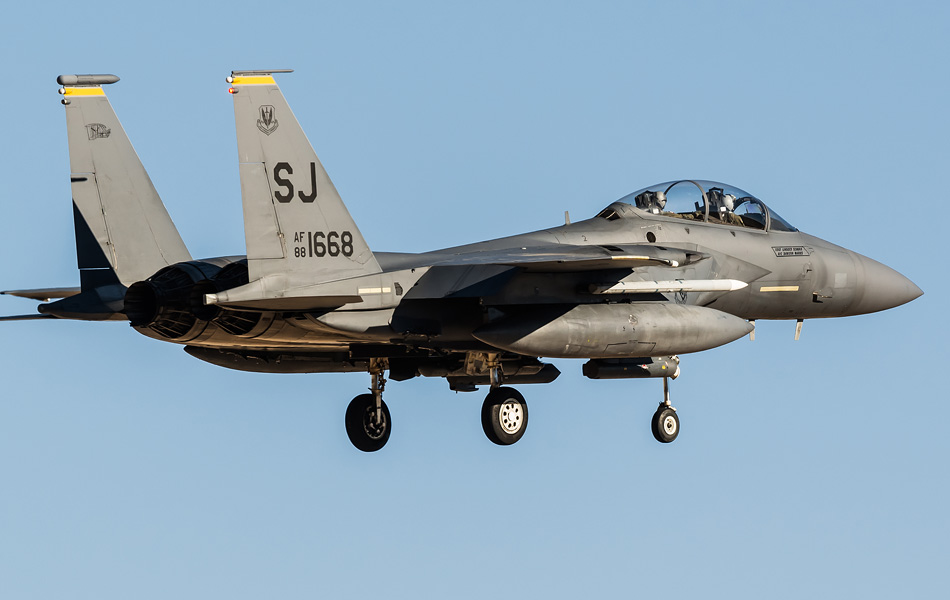
|
against 1. One of the main reasons for this was the lack of proper air combat training for the combat pilots. The pilots of the USAF and the WSOs in the 50s, 60s and 70s were not trained in the core qualities and basic maneuvers of air combat which come with a dogfight, because they were convinced of the Beyond Visual Range concept with missiles. Almost all the pilots were in those days not prepared for a confrontation with enemy aircraft of equal value due to this mindset. To increase these skills with the pilots, the "Red Baron II" project was started which had to investigate how this could be improved. The analysis quickly showed that the chances of survival of a fighter pilot increased drastically when the pilots had flown more than ten combat missions. As a result of this analysis, the Red Flag exercise was founded in 1975 to allow the USAF pilots and WSOs to fly these ten combat missions in a simulated environment. The 4440th Tactical Fighter Training Group (Red Flag) was established to facilitate this training at Nellis AFB on March 1, 1976.
It soon became clear that the enemy opponents who would perform during the Red Flag exercises would have to become specialized units. The units were quickly referred in America to as the "Aggressor Squadrons". These aggressors would fly against the participants of the exercise and soon existed from the best pilots the UASF had to offer at that time. The aggressor pilots were soon trained to emulate the tactical doctrines of the planes of the Soviet Union and other enemies of the United States. The first aggressors were equipped with the T-38 Talon, because this aircraft was immediately available for this training. The aggressors who flew with the T-38 Talon would simulate the MiG-21 “Fishbed” during the exercise in the early days of the Red Flag exercises. The Talons were soon replaced in the early 80s by the Northrop F-5 Tiger II. This aircraft performed much better in air combat than the Talon and was therefore a more difficult opponent during the exercise. Soon after the introduction of the F-5, the exotic color schemes were also introduced on the aggressor aircraft. These camouflage patterns were also painted on the fighter planes of the Soviet Union. This addition ensured that the participants in the Red Flag training could also train their aircraft recognition before engaging in a dogfight. In 1988 the F-5 Tigers were replaced by the General Dynamics F-16 Fighting Falcon. These aircraft would also fly in Russian color schemes.
The aggressors are nowadays also referred to as the "Red Forces" during the Red Flag exercises. In the past two units were active on Nellis AFB which operated in the aggressor role. The first unit is the 64th Aggressor Squadron (64th AGRS). This unit still exists nowadays and still flies the F-16 Fighting Falcon. The F-16 is now used to emulate the properties of the MiG-29 "Fulcrum". The second unit which was active at Nellis AFB was the 65th Aggressor Squadron (65th AGRS). The 65th AGRS flew with the F-15 Eagle and simulated the properties of the Su-27 "Flanker". This unit was finally disbanded in 2014 due to cuts in the defense budget. A very important element for a Red Flag mission is the Red Flag Measurement and Debriefing System (RFMDS). The RFMDS is a hardware and software network which can display real-time monitoring, post-mission reconstructions of maneuvers and tactics. The managers of the "Blue Forces" can use this system to evaluate and look back the effectiveness of the mission which was carried out. A typical "Flag" year now consists of a number of exercises which take place throughout the year. A typical year consists of ten Green Flag exercises, a Close Air Support (CAS) mission with the US Army, a Canadian Maple Flag exercise and four Red Flag exercises. In one year, more than 500 aircraft usually participate in one of these exercises in which more than 20,000 missions are flown. Over 5000 pilots are trained annually in the execution of “Air Combat Missions”.
|
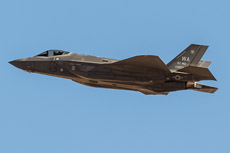
|
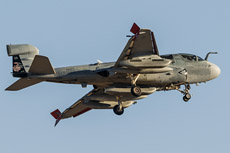
|
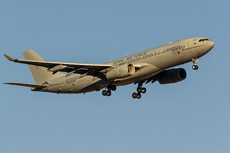
|
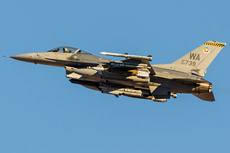
|
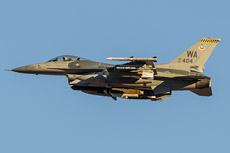
|
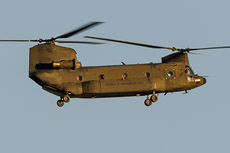
|
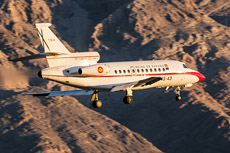
|
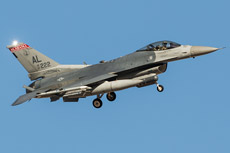
|
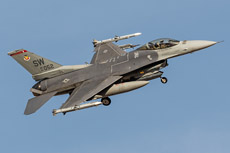
|
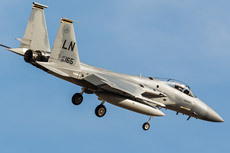
|
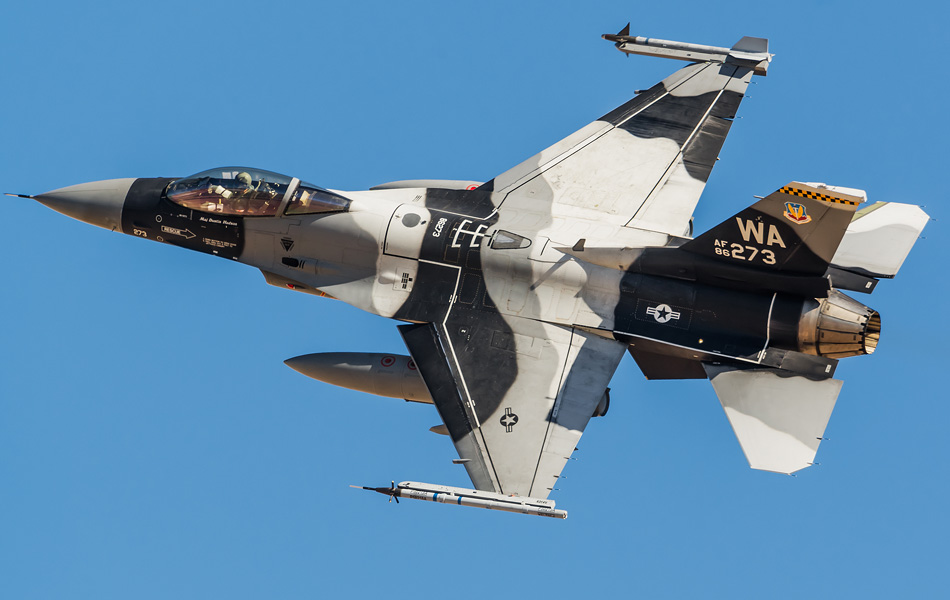
|
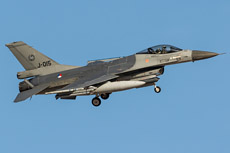
|
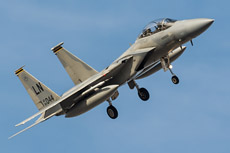
|
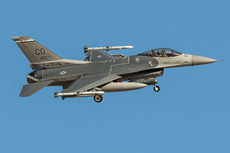
|
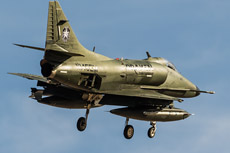
|
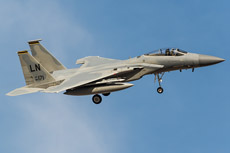
|
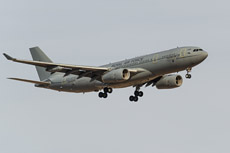
|
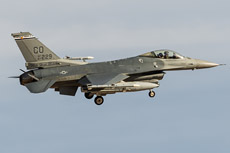
|
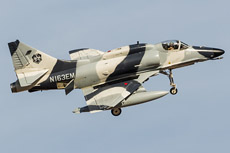
|
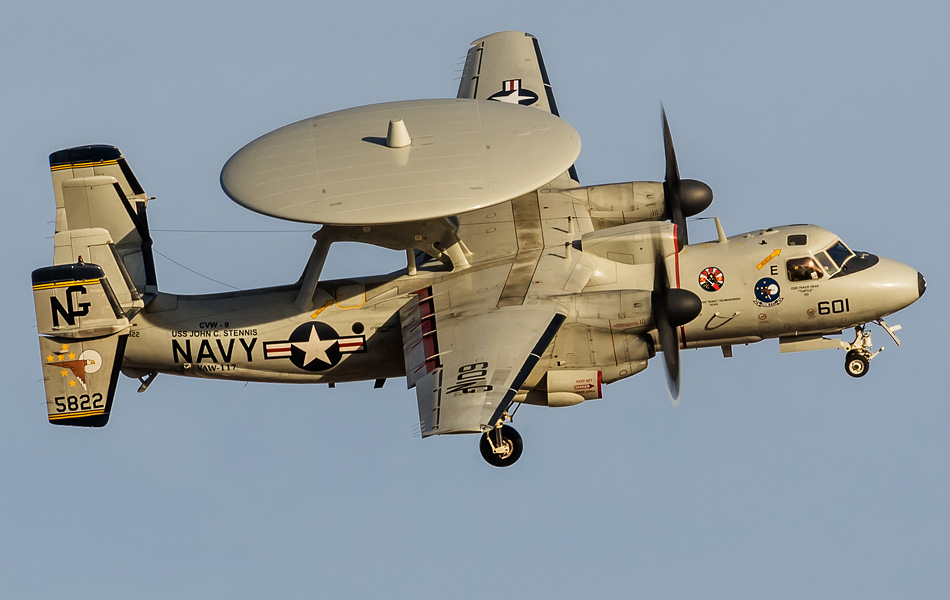
|
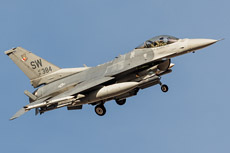
|
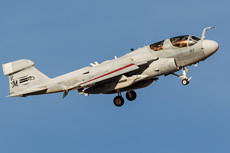
|
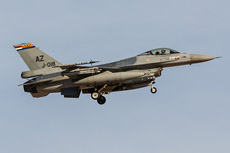
|
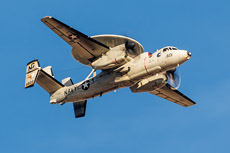
|
|
|

|







